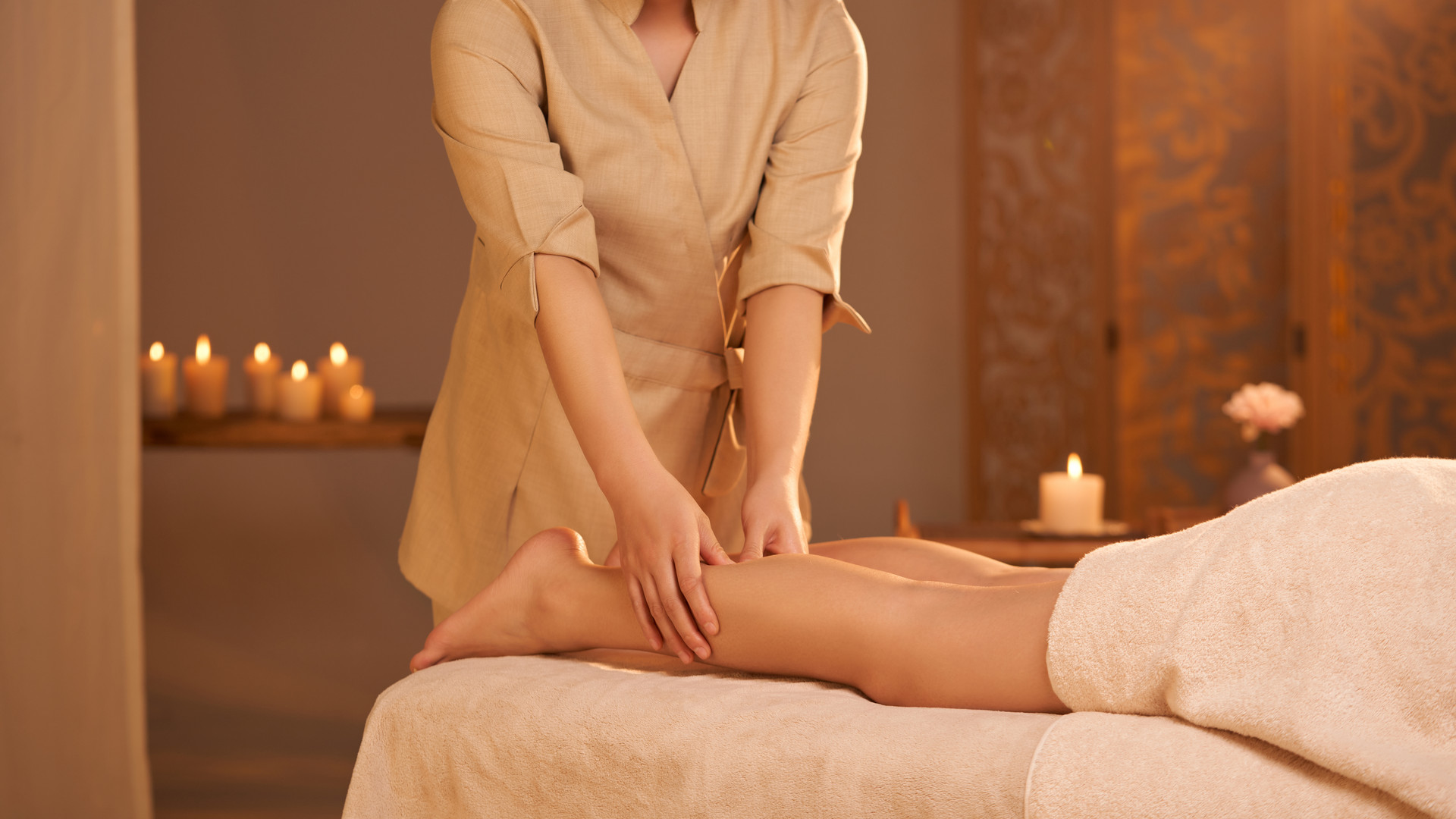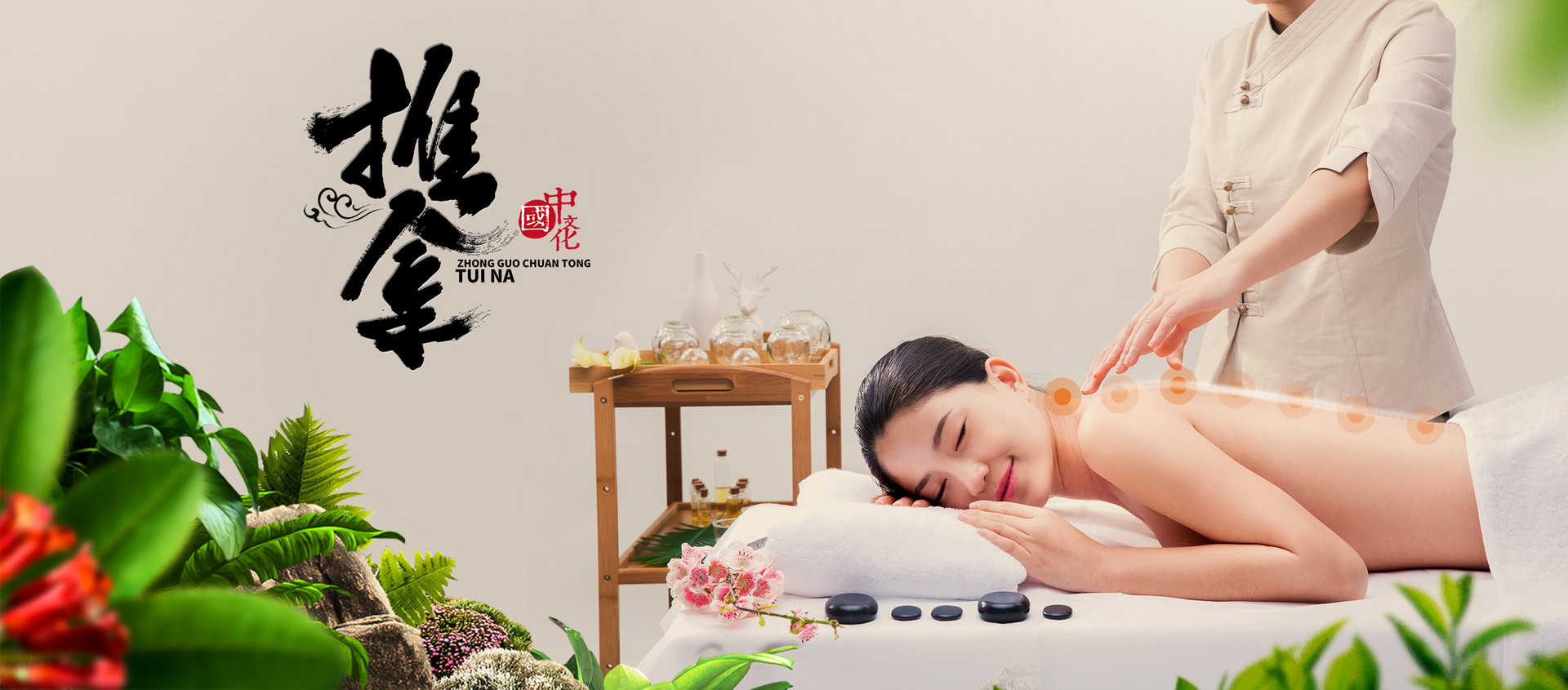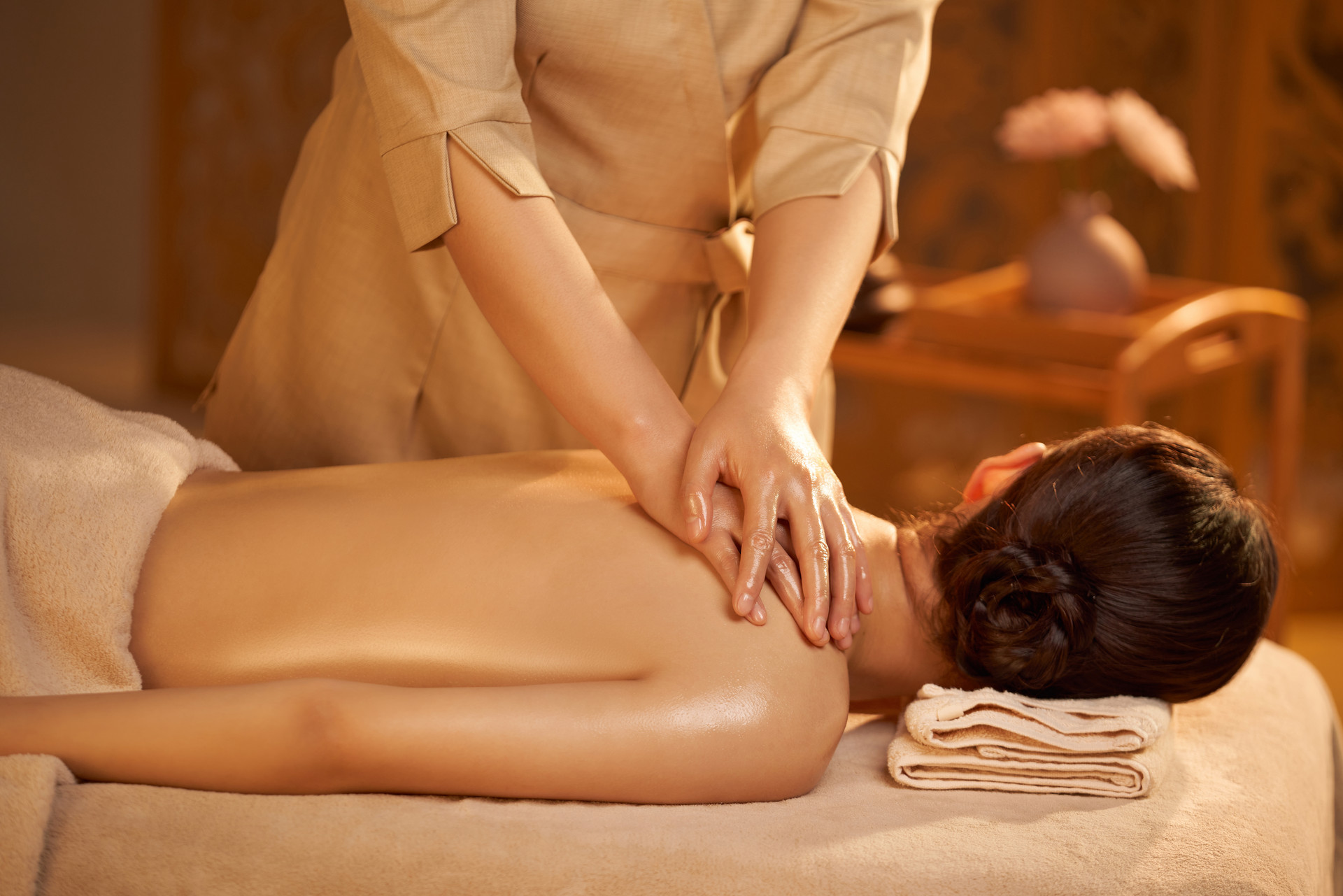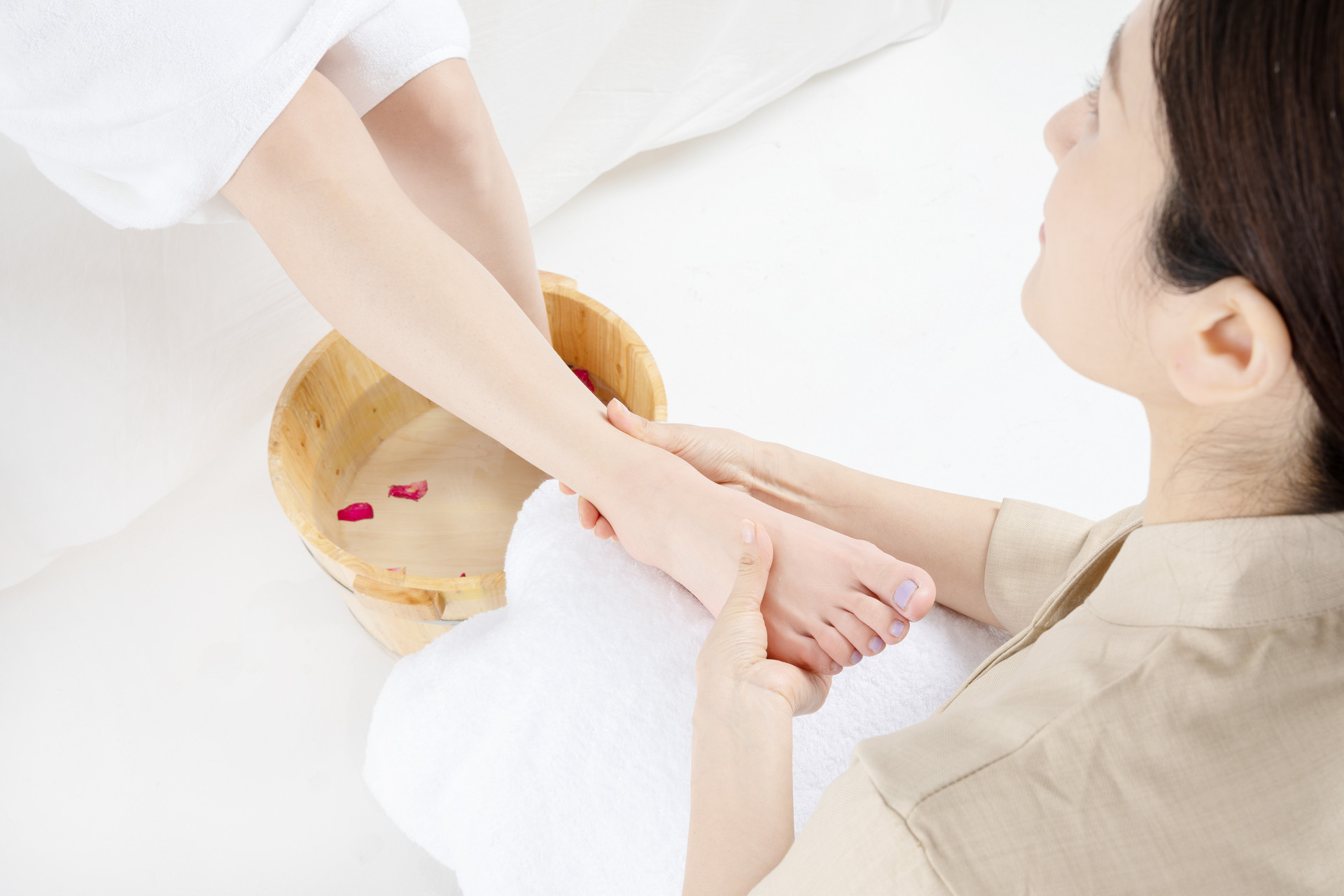Massage therapy is the oldest medical method in China. Also known as Tuina, it is a gem of traditional Chinese medicine. With thousands of years of history, it is the result of continuous summarization and development by the Chinese people in their long-term struggle against disease. According to records, massage therapy has been widely used in medical treatment since the Spring and Autumn Period or even earlier. Massage therapy originated in the central region of China. The earliest existing medical classic, the Yellow Emperor's Inner Canon, states: "The central region is flat and humid, which is where all things are born from the heavens and the earth. Its people have a mixed diet and do not work hard, so they are prone to diseases such as weakness, cold, and heat. The appropriate treatment for them is to guide and press the acupoints. Therefore, those who guide and press the acupoints also come from the central region." The central region mentioned in the text refers to the central part of China, specifically around Luoyang in Henan Province.
Massage is a form of external treatment in traditional Chinese medicine, and it also belongs to a non-invasive physical therapy in modern medicine. Based on the theory of meridians in traditional Chinese medicine, massage therapy uses various massage techniques to provide a certain beneficial physical stimulation to the surface of the human body, which acts on the muscles, meridians, and acupoints, thereby regulating the body's qi, blood, yin and yang, and organ functions. It is an effective method for preventing and treating diseases and has miraculous effects on some stubborn diseases.
The main benefits of massage therapy include: improving blood circulation in the skin and muscles, promoting the metabolic function of tissues and organs; strengthening gastrointestinal function; stimulating or inhibiting nerves, thereby providing analgesic, anti-inflammatory, anti-edema, and antispasmodic effects; adjusting the body's functions and enhancing immune ability, etc.
1. Relaxing tendons, activating meridians, relieving spasms, and alleviating pain:
Due to the degeneration of soft tissue and bones in the human body, the damaged soft tissues such as muscle attachment points, joint capsules, fascia, and ligaments emit pain signals, causing local muscle tension, contraction, and even spasms. This is a protective reaction of the human body, aiming to remind the body to reduce limb movement, thereby avoiding traction and stimulation of the injured limb, and reducing pain. If the symptoms are not treated in a timely manner or the treatment is not thorough, the damaged tissues may form varying degrees of adhesion, scar formation, or fibrosis, leading to the continuous occurrence of harmful impulses and worsening pain. Secondary or primary conditions can cause local blood flow and metabolic disorders due to compression and stimulation of nerve endings and small nutrient vessels. Massage can relieve and relax muscle spasms, increase the temperature of local tissues, enhance blood circulation, and increase local pain sensitivity. At the same time, massage can fully stretch tense or spasmodic muscle tissues, thereby eliminating the tension and spasm of damaged tissues.
2. Resetting joints and realigning tendons:
By using massage techniques such as shaking, stretching, kneading, and pulling, massage can help reset dislocated joints, realign tendon dislocations, correct bone fractures, align torn local soft tissues, release impinged synovial membranes, and relocate herniated intervertebral discs. Ultimately, it eliminates the pathological factors that cause local pain and muscle spasms, which is beneficial for the repair and functional reconstruction of damaged tissues.
3. Detaching adhesions and relieving restrictions:
Injuries to soft tissues such as ligaments, muscles, tendon sheaths, tendons, and joint capsules can cause adhesions due to local tissue bleeding and hematoma organization, leading to long-term pain and restricted joint movement. By using appropriate massage techniques, massage therapy can help lubricate joints and relieve adhesions.
4. Enhancing blood and lymph circulation:
When massage is applied to the body surface, it can cause local skin redness and temperature rise, thereby dilating capillaries and strengthening blood and lymph circulation. This can regulate blood and lymph circulation.
5. Regulating the functions of internal organs and the nervous system:
Massage therapy can either stimulate or inhibit nerves. Common symptoms in daily life such as headaches, dizziness, backache, and neurasthenia can be quickly relieved by timely applying massage techniques such as pressing, pointing, pushing, rubbing, and kneading. This is the role of massage in regulating the nervous system, achieving a balance between nerve excitation and inhibition.











